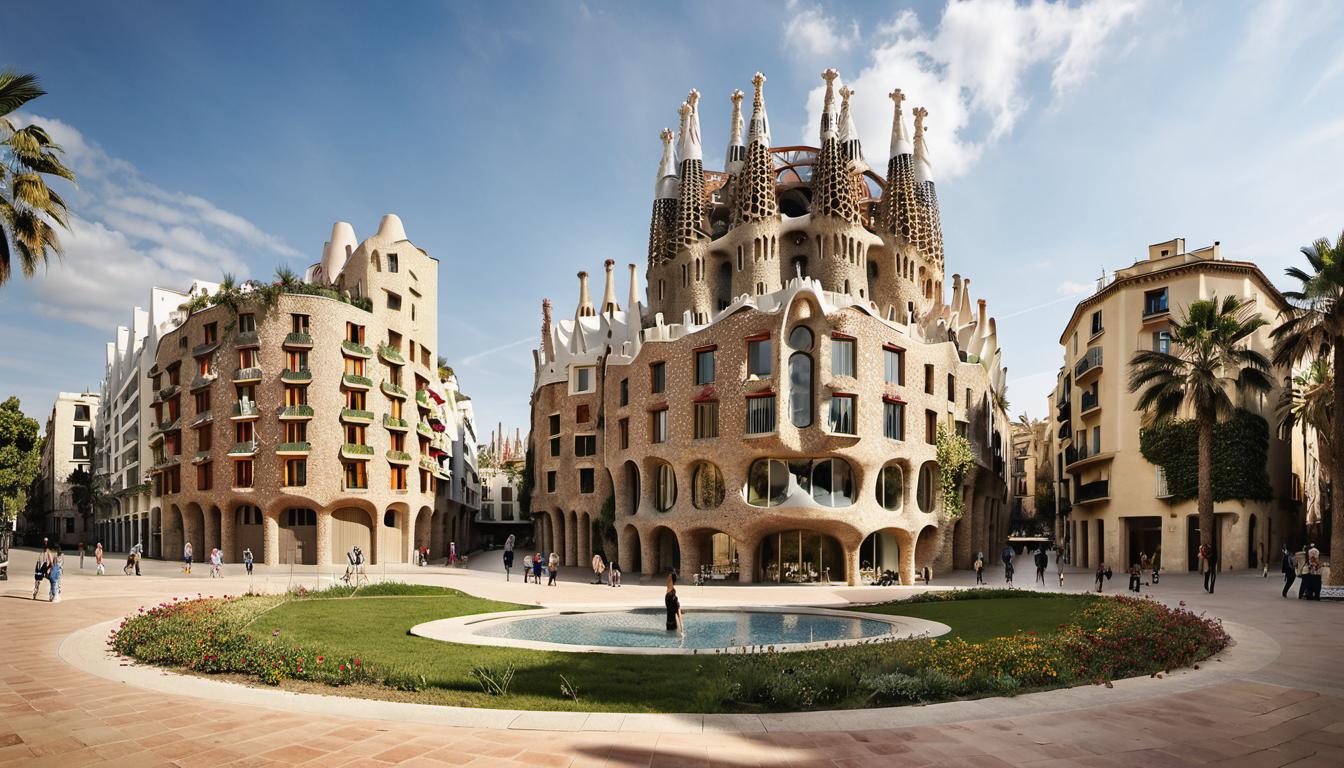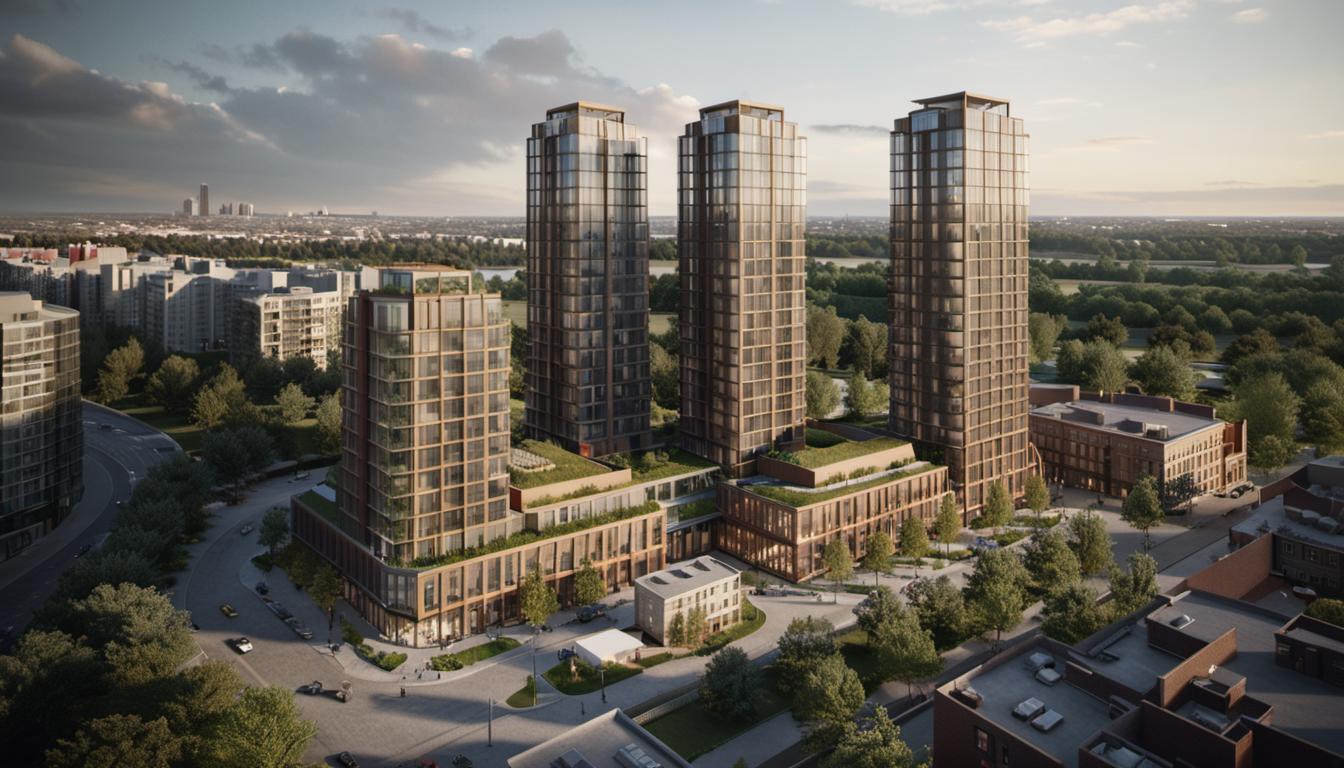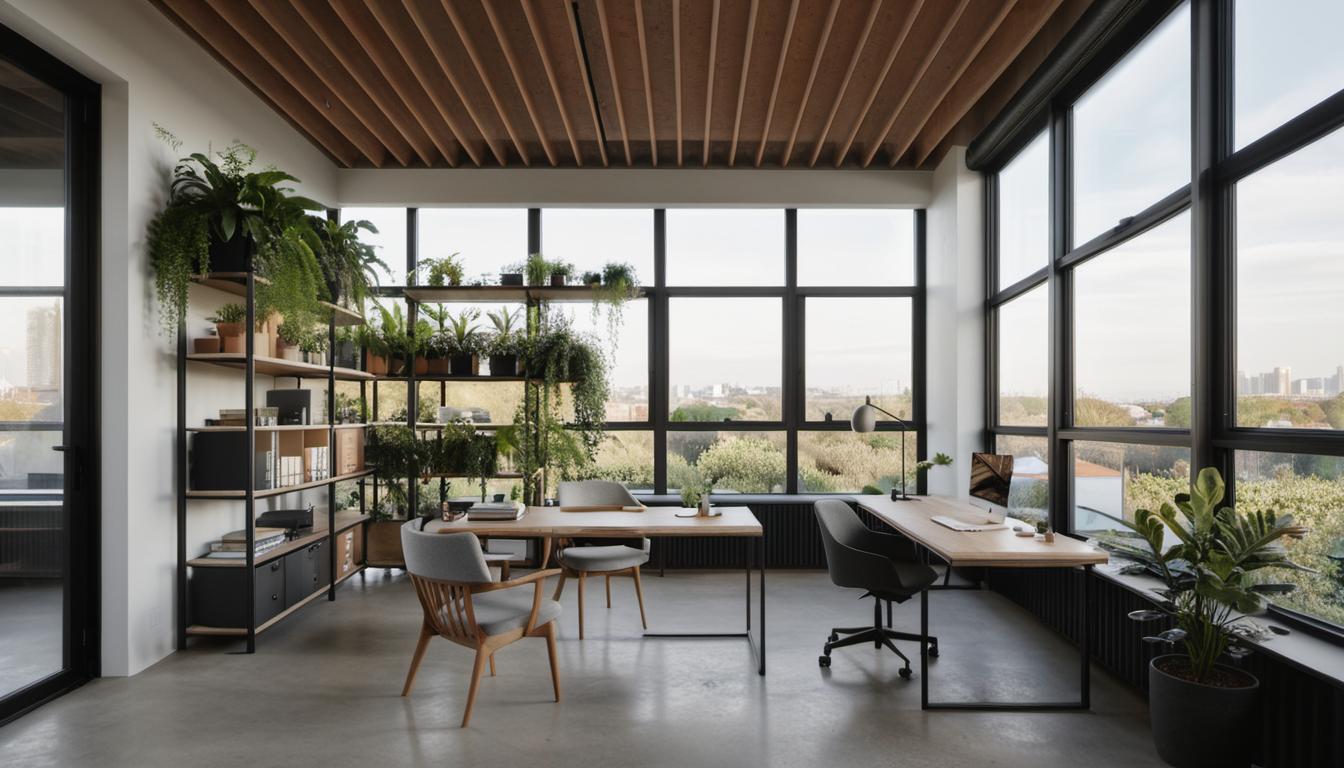A Progressive Look at Architectural Renderings
It’s no secret that the field of architectural visualization has undergone a significant shift; moving away from hand-drawn models to carefully crafted digital renderings. Pencils, inks, watercolors, and markers were once the fundamental tools used to bring an architectural concept to life. However, the accuracy and efficiency were not comparable to what digital technology has to offer today.
The addition of airbrush technology brought controlled blending and shading, offering better light and shadow effects in architectural notions. Soon after, physical 3D models constructed using foam, plastic, or wood provided a three-dimensional perspective, but their construction required considerable time and effort.
The dawn of specialized software for architectural rendering has brought unprecedented change. Adopting digital technology gave architects greater command over lighting, textures, and materials, resulting in vibrant and lifelike visualizations. Techniques such as ray tracing that mimic the behavior of light have deeply affected architectural visualization by delivering extremely realistic representations with accurate reflections, global lighting, and shadows.
Latest Revolutions in Architectural Visualization
The arrival of cutting-edge technologies like Virtual Reality (VR) and Augmented Reality (AR) has propelled architectural visualization from being merely a visual display to an interactive exploration. These technologies are transforming how architectural designs or plans are communicated.
Another leap in technology is the application of Artificial Intelligence (AI) in architectural renderings. AI can automatically optimize animated renderings by evaluating user preferences and design criteria. It boosts the creation of 3D representations, and enhances the realism of lighting models and material characteristics.
The future holds immense promise for architectural rendering. Expectations are high for the incorporation of high-fidelity material scanning for true-to-life material representation and advanced ray tracing for realistic visualizations.
Real-time Rendering and VR: A Real-world Scenario
A true game-changer in the realm of architectural visualization, Real-time rendering and Virtual Reality (VR) are being seamlessly incorporated into day-to-day workflows, thanks to tools like Eyecad VR. With real-time rendering, tasks like rendering visualizations that once consumed time can now be accomplished in an instant. In turn, this accelerates collaboration and promotes faster design iteration.
Taking cues from Eyecad VR, architects and designers are empowered to create interactive experiences that surpass static images. By permitting architects and designers to experience their creations from within, the tool deepens their understanding of light, space, and form.
The integration of Virtual Reality (VR) has the power to create emotionally charged connections. VR transports stakeholders into the design spaces, creating interactive and memorable experiences. The customization options available, courtesy of a vast 3D asset library, empower architects to create authentic and vivid designs.
Survey Insights: Real-time Rendering and AI’s Contributions to the Architecture Industry
A survey conducted in 2023 examined the role and benefits of real-time rendering and AI in the architectural industry. The participants included 2,139 professionals from the architectural, engineering, and construction (AEC) industry across the globe, the majority of whom were architectural and interior design specialists from the United States.
The survey findings indicate that over 75% of architects and designers use real-time rendering weekly. A significant fraction sees real-time rendering as a powerful tool that expedites design processes. While integration between real-time software and design modeling software remains a challenge, firms are producing most of their architectural visualizations in-house, reflecting an industry trend towards greater expertise within firms.
Another exciting aid in architectural visualization gaining traction rapidly is AI. More than half of the surveyed firms use AI to enhance their visualizations, with larger firms adopting the technology faster than their smaller counterparts.
Architectural Rendering: The Course for 2023
As we look forward into 2023, it is clear that architectural rendering has moved from traditional hand-drawn methods to utilizing state-of-the-art digital technologies. These technologies have not only significantly improved the speed, accuracy, and realism of architectural renderings, but are also shaping the future of the industry.
Real-time rendering, AR, VR, environmentally-conscious designs, integration of AI, and collaborative rendering platforms, are all influencing the future course of architectural rendering, providing impressive advantages in the design process. To stay competitive, architects have to keep up with these trends and technologies that are redefining the industry.
Frequently Asked Questions
- What trends are shaping the future of architectural renderings? – The critical trends that are shaping the future of architectural renderings include real-time rendering, VR and AR technologies, integration of AI, environmentally-conscious designs, and collaborative platforms.
- How is real-time rendering impacting architectural workflows? – Real-time rendering is proving to be a game-changer by making the design process quicker and more efficient. By delivering instant visualization, it encourages collaboration and allows for rapid design iteration.
- What benefits do architects find in using real-time rendering? – Real-time rendering is seen to significantly save time and streamline the design process. Other benefits include the application and review of various materials, client walkthroughs, and real-time daylight reviewing in 3D models.
- How is AI being used in architectural visualization? – AI is being used in architectural visualization to optimize animated renderings automatically by analysing design criteria and user preferences. It reduces the time taken to create 3D representations and enhances the realism of lighting models and material properties.
- What is the role of VR and AR technologies in architectural visualization? – VR and AR technologies have transformed architectural visualization from a passive watch to an interactive exploration. These technologies allow architects to create immersive experiences, enhancing the communication of building projects and fostering a deeper connection with the stakeholders.






